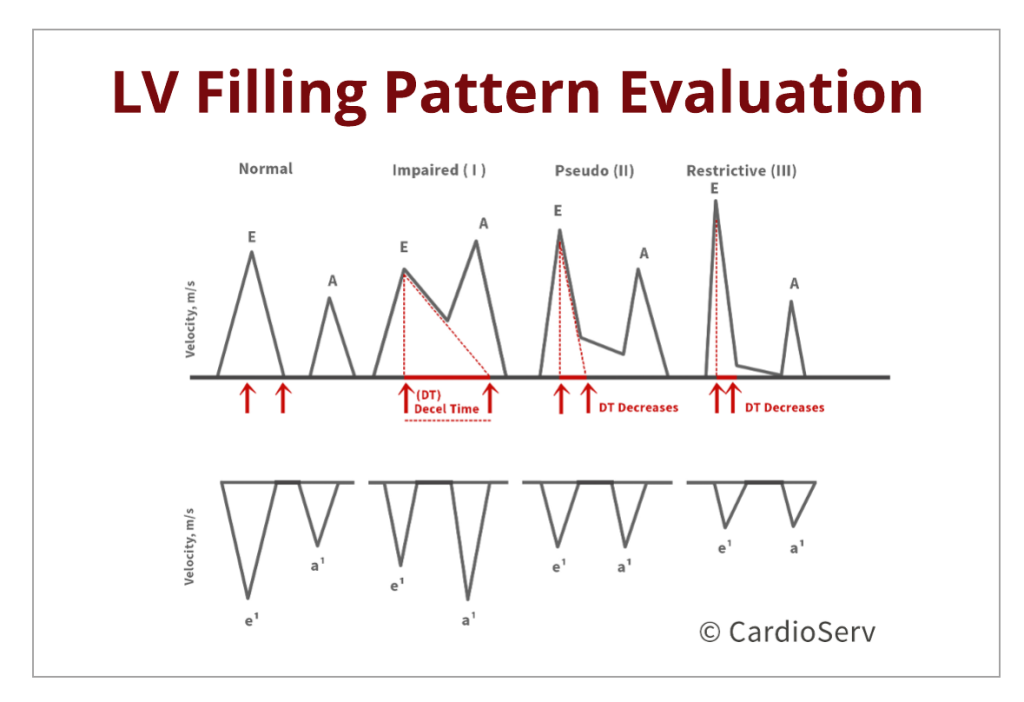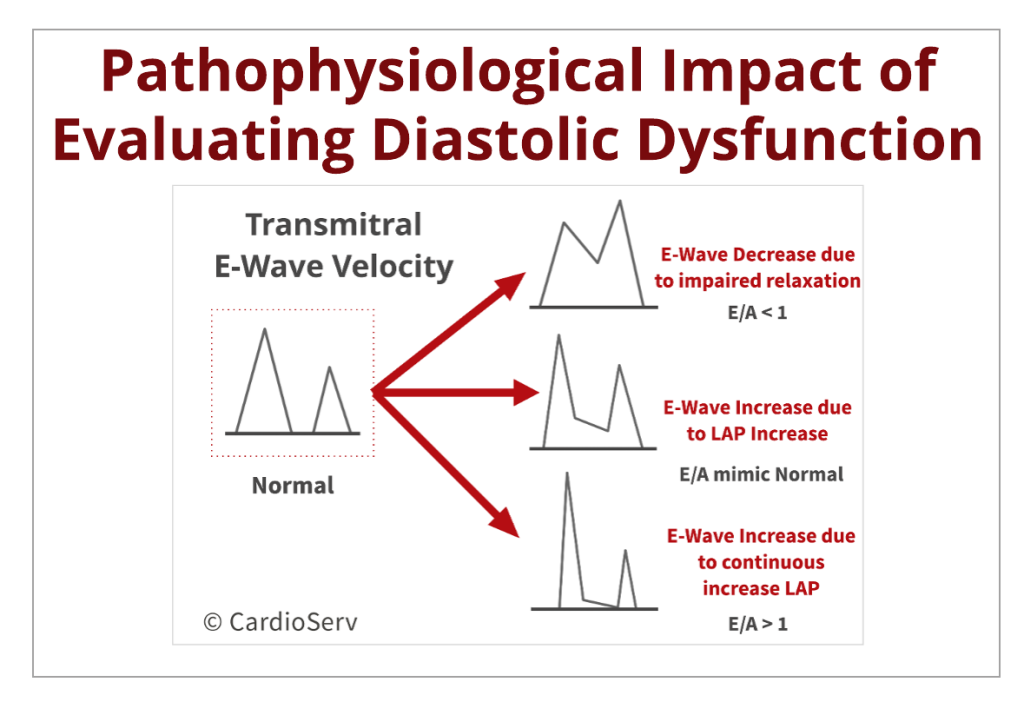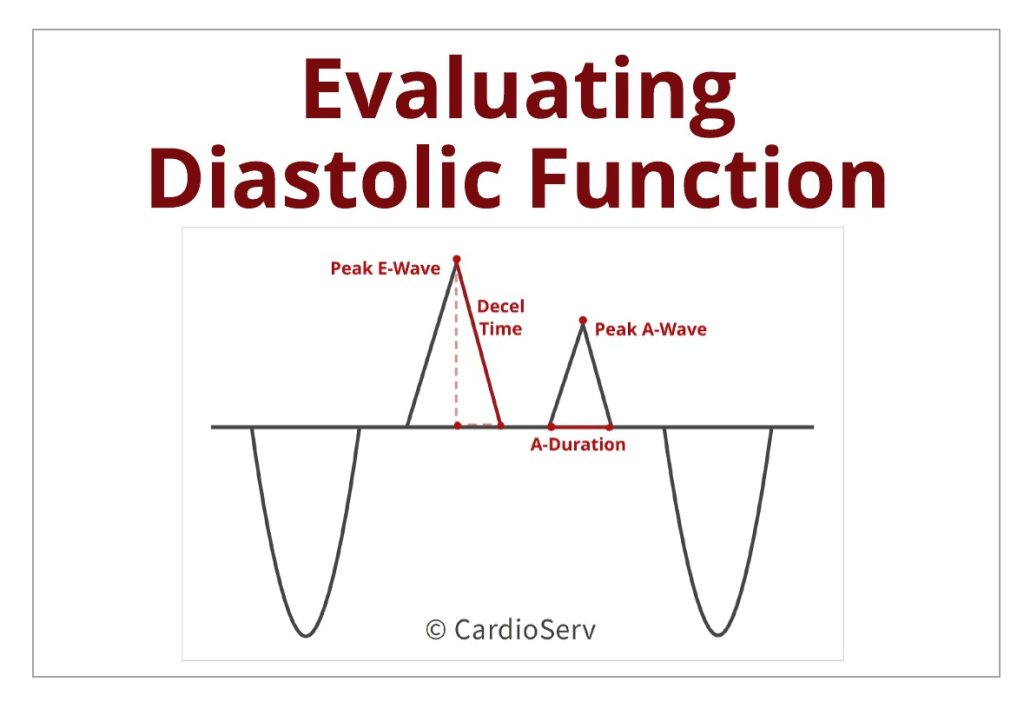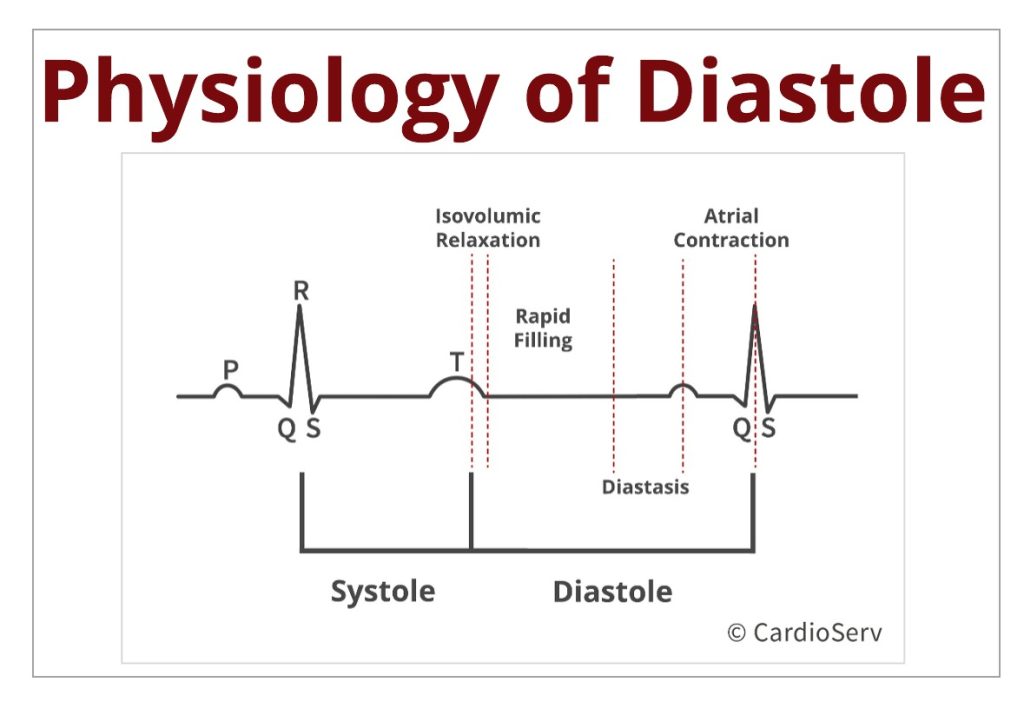Understanding the Basics: LV Filling Patterns
Let’s discuss the transmitral filling patterns as the severity of diastolic dysfunction progresses. The transmitral pressure gradients are reflective upon the E & A-wave velocities. The waveforms are influenced by the ability of the ventricle to relax and the compliance of the LA to generate a PG to allow rapid filling during diastole.
Understanding the Basics: LV Filling Patterns Read More »




